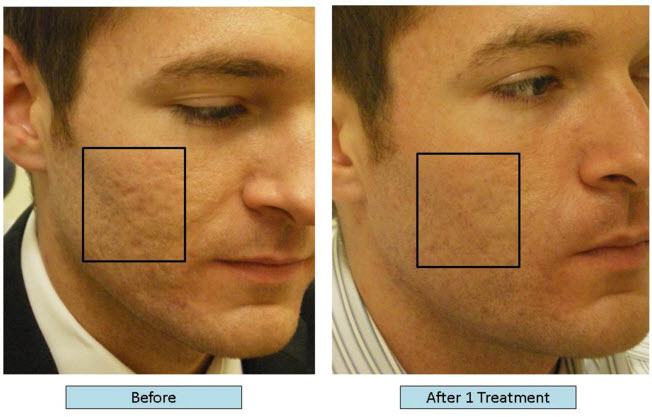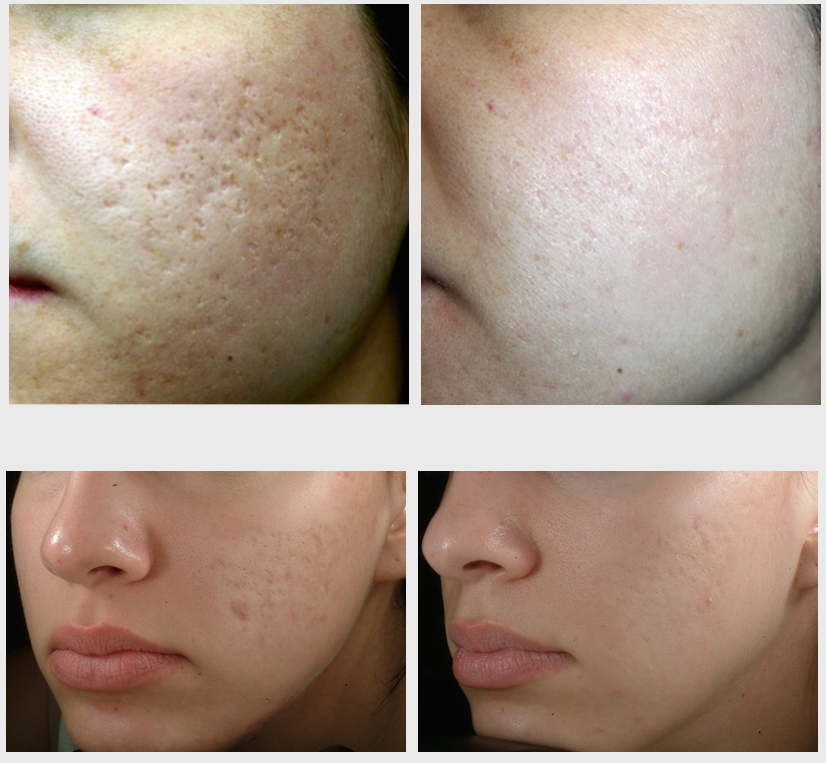Cutting-edge Acne and Acne Scars Treatment: Solutions for every single Skin Kind
Exploring Skin Disease: Treating and recognizing Acne Scars for Healthier Skin
Acne scars represent a substantial problem for people seeking to keep healthy skin, as they can affect both look and self-esteem. Understanding the numerous kinds of marks, from atrophic to hypertrophic, is crucial for establishing proper treatment alternatives. While expert interventions like chemical peels and microneedling can be reliable, the value of personalized treatment strategies can not be overstated. Preventative steps play an important role in lessening future scarring. As we explore these elements, one should consider exactly how the best approach can bring about transformative outcomes.
Comprehending Acne Scars
Recognizing acne scars is important for any person who has experienced serious acne, as these marks can have a long-term effect on both physical appearance and mental wellness. Acne marks form when the skin undertakes inflammatory responses during active acne lesions. The severity of scarring is typically affected by aspects such as the sort of acne, its period, and individual skin characteristics.
The body's natural healing process can lead to either atrophic scars, which look like anxieties in the skin, or hypertrophic scars, which are increased and result from overproduction of collagen. Additionally, the mental toll of acne scars ought to not be ignored; lots of people report feelings of embarrassment, anxiety, and lowered self-esteem. This psychological worry can influence social communications and general high quality of life.
Resolving acne marks needs a detailed understanding of their development and effect. Understanding of the potential for long-term consequences connected with unattended marks can inspire individuals to seek appropriate therapies. Early treatment and reliable management strategies can considerably improve skin look and improve mental resilience, emphasizing the relevance of comprehending the complexities surrounding acne marks.
Kinds of Acne Scars
Acne marks can be classified into distinct types, each showing special characteristics and calling for particular therapy approaches. The key kinds of acne scars include atrophic, hypertrophic, and keloid marks.

Hypertrophic scars, in contrast, are increased over the skin degree and are the outcome of excessive collagen manufacturing throughout the recovery procedure. They usually stay within the borders of the initial acne sore. Keloid marks are comparable yet expand past the initial injury website, creating bigger, elevated locations that can be agonizing or scratchy.
Recognizing these kinds of marks is crucial for picking appropriate treatment options. Different scars may respond better to particular treatments, such as laser therapies, fillers, or medical treatments, highlighting the relevance of a tailored approach to acne scar management.
Determining Your Marks
When reviewing the look of your skin, it is important to precisely identify the sort of marks present, as this will certainly inform the most efficient therapy technique. Acne scars normally fall under 2 groups: atrophic and hypertrophic scars. Atrophic scars, which are the most common, look like anxieties or imprints on the skin. These can additionally be classified into ice-pick marks, boxcar marks, and rolling marks, each exhibiting distinct features and needing different approaches for evaluation.
Hypertrophic marks, look here on the other hand, are increased and take place because of too much collagen production during the healing procedure. Recognizing the details features of your marks-- such as deepness, structure, and size-- is essential for appropriate recognition. In addition, take into consideration the distribution of marks across your skin, as this can suggest the extent and duration of the acne condition.
Involving with a skin specialist can give valuable insights right into the nature of your marks, assisting in the differentiation between different kinds. A comprehensive understanding of your marks will inevitably result in a much more customized and effective treatment plan, making certain a clearer and healthier skin tone.
Treatment Alternatives Readily Available
Identifying the specific type of acne scars present on your skin prepares for discovering effective treatment options. Common types of acne scars include atrophic (clinically depressed), hypertrophic (elevated), and post-inflammatory erythema.
For atrophic scars, options such as chemical peels, microneedling, and laser resurfacing are widely made use of. Chemical peels off utilize acids to remove the outer layer of skin, promoting new cell growth. Microneedling includes tiny needles that create micro-injuries, stimulating collagen manufacturing. Laser resurfacing targets harmed skin cells, boosting structure and tone.
Hypertrophic marks can be treated with corticosteroid injections to flatten the mark or laser treatment to minimize inflammation and improve appearance. acne scars. Silicone gel sheets and stress dressings might likewise assist in taking care of elevated scars
On top of that, dermal fillers can momentarily fill out anxieties from atrophic scars, while medical excision might be suitable for severe instances. Each treatment option has its advantages and factors to consider, making it vital to seek advice from with a skin specialist. They can provide tailored suggestions based on the kind and severity of your marks, in addition to your skin type and total health and wellness.
Tips for Prevention
Effective prevention methods can significantly minimize the chance of developing acne marks. Making use of non-comedogenic products assists avoid stopped up pores, which can intensify acne.
Staying clear of the impulse to Related Site stand out or pick acne sores is crucial, as this can result in much deeper skin damage and enhance the risk of scarring. Instead, think about utilizing a cool compress or over-the-counter treatments to decrease swelling and inflammation.
Sunlight security is one more crucial facet of avoidance; ultraviolet (UV) rays can dim marks and prevent the recovery More about the author procedure. Using a broad-spectrum sun block with at the very least SPF 30 daily can shield the skin and promote also recovery.
Last but not least, preserving a balanced diet regimen rich in vitamins, antioxidants, and minerals sustains skin health and healing. Remaining hydrated and handling stress and anxiety levels can likewise play a substantial duty in minimizing acne flare-ups. By applying these strategies, individuals can significantly reduce their opportunities of developing acne scars.

Verdict
In verdict, understanding and determining acne scars is important for effective therapy and attaining much healthier skin. Various kinds of acne marks, consisting of atrophic and hypertrophic scars, require particular interventions customized to private requirements.
The body's all-natural recovery procedure can result in either atrophic scars, which appear as depressions in the skin, or hypertrophic scars, which are elevated and result from overflow of collagen. They are additional divided into 3 subtypes: ice choice marks, boxcar scars, and rolling marks. Acne scars usually fall right into two classifications: hypertrophic and atrophic scars. These can better be categorized right into ice-pick scars, boxcar marks, and rolling scars, each displaying distinct features and requiring various methods for analysis.
Various types of acne marks, including hypertrophic and atrophic scars, require specific interventions customized to individual requirements.